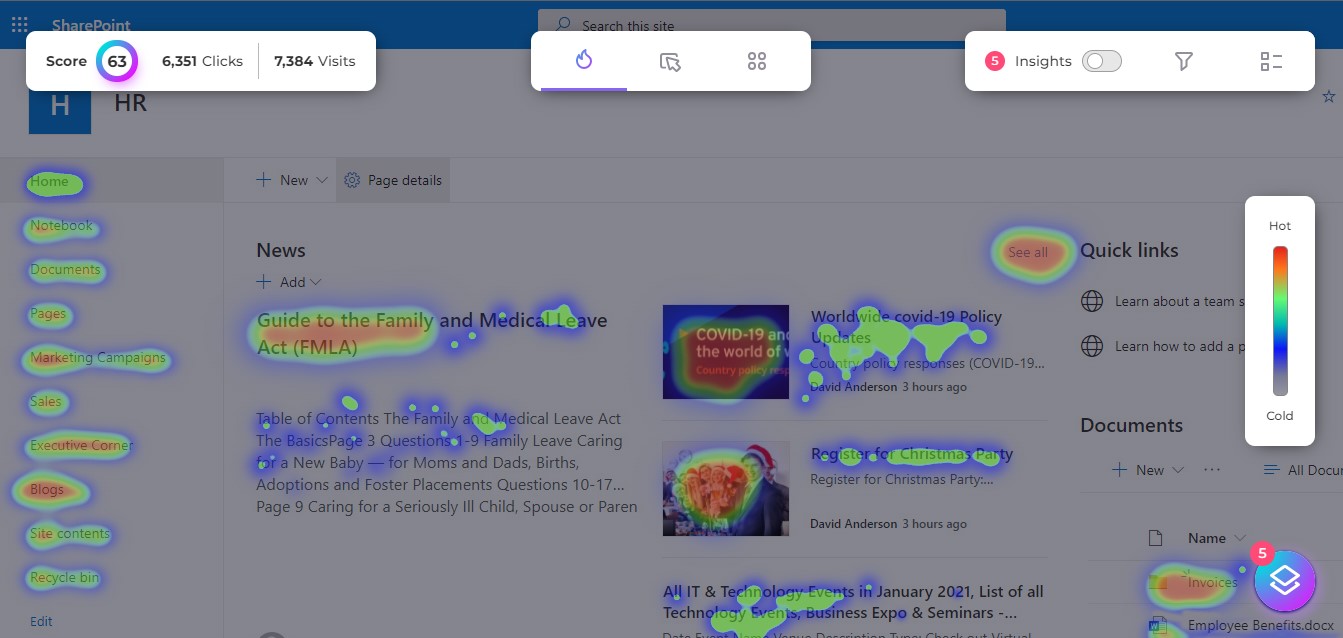Augmented Analytics Tool is considered better than normal or traditional analytics for several reasons. While both approaches aim to extract insights from data, augmented analytics leverages advanced technologies, such as artificial intelligence (AI) and machine learning (ML), to automate and enhance the process. Here are some key advantages of augmented analytics over normal analytics:
Automation: Augmented analytics automates many data preparation and analysis tasks, reducing the time and effort required from human analysts. This allows organizations to focus on strategic decision-making and action based on insights, rather than getting bogged down in time-consuming data manipulation.
Improved data quality: By automating data preparation, augmented analytics can identify and rectify data quality issues, such as missing or inconsistent values, more efficiently than manual processes. This ensures that the analysis is based on reliable and accurate data.
Faster insights: Augmented analytics tools are capable of processing vast amounts of data quickly, which can lead to faster insights and more informed decision-making.
Scalability: As organizations generate increasing amounts of data, it becomes more challenging for traditional analytics methods to keep up. Augmented analytics, with its automation and AI capabilities, can scale more easily to handle large data sets and complex analysis.
Advanced techniques: Augmented analytics leverages advanced algorithms, such as machine learning and natural language processing, to extract insights that might not be possible with traditional analytics methods. This can lead to the discovery of new patterns, trends, and relationships in the data.
Democratization of analytics: Augmented analytics tools often feature intuitive interfaces and natural language capabilities, which make them more accessible to non-technical users. This allows for broader participation in data analysis and decision-making, empowering employees throughout an organization.
Reduction of human bias: By automating many aspects of the analytics process, augmented analytics can help to reduce the influence of human bias in data analysis. This leads to more objective and accurate insights.

While augmented analytics offers several advantages over normal analytics, it’s essential to recognize that it may not be suitable for all situations. Organizations should carefully evaluate their specific needs and resources before deciding whether to adopt augmented analytics or stick with traditional analytics approaches.
What are the benefits of tracking SharePoint with Augmented Analytics?
Tracking SharePoint with augmented analytics can offer several benefits, particularly for organizations that rely on SharePoint as a primary platform for collaboration and content management. By analyzing SharePoint data using augmented analytics, organizations can gain valuable insights into usage patterns, user behavior, and content effectiveness. Some of the key benefits include:
Improved collaboration: Augmented analytics can help identify bottlenecks or inefficiencies in the collaboration process by analyzing user behavior, document-sharing patterns, and communication channels. This information can be used to optimize workflows and improve overall collaboration within the organization.
Enhanced user experience: By tracking user interactions and engagement with SharePoint content, augmented analytics can provide insights into how users navigate the platform and which features or content types are most valuable. These insights can be used to tailor the SharePoint environment to better meet user needs and preferences, leading to a more satisfying user experience.
Content optimization: Augmented analytics can analyze the performance of different content types, such as documents, lists, and pages, within SharePoint. This analysis can help organizations identify high-performing content and areas that may require improvement or updating, ensuring that resources are allocated effectively.
Security and compliance monitoring: Analyzing SharePoint activity can help organizations identify potential security risks, such as unauthorized access or suspicious behavior. Augmented analytics can automate the monitoring process and provide real-time alerts, enabling organizations to respond quickly to potential threats and maintain compliance with data protection regulations.
User adoption and training: By tracking how users interact with SharePoint and identifying areas where they may struggle, augmented analytics can help organizations develop targeted training programs to improve user adoption and proficiency. This can lead to more effective use of SharePoint features and increased productivity.
Decision-making support: Augmented analytics can process SharePoint data to generate insights and recommendations that support decision-making. By providing data-driven insights into collaboration, content performance, and user behavior, organizations can make more informed decisions about SharePoint strategy and investments.
Proactive issue resolution: Augmented analytics can help organizations identify patterns and trends in SharePoint usage that may indicate potential issues or areas for improvement. By addressing these issues proactively, organizations can maintain a high-performing SharePoint environment and avoid potential disruptions.
Implementing augmented analytics to track SharePoint usage can provide valuable insights that help organizations optimize their collaboration and content management efforts. However, it’s essential to choose the right analytics tools and ensure that they integrate well with the SharePoint environment.

A heatmap on top of a SharePoint page
Can Augmented Analytics help boost SharePoint adoption?
Yes, augmented analytics can help boost SharePoint adoption by providing insights into user behavior, engagement, and usage patterns. By understanding how users interact with SharePoint and identifying potential barriers to adoption, organizations can take targeted actions to improve the platform’s effectiveness and encourage more widespread use. Here are some ways augmented analytics can contribute to boosting SharePoint adoption:
Identifying user needs: Augmented analytics can help organizations understand how users are engaging with SharePoint features and content. By identifying the most valuable and frequently used features, organizations can prioritize these elements in their training and communication efforts.
Tailoring training programs: By analyzing user behavior and engagement patterns, organizations can identify areas where users may need additional training or support. Augmented analytics can help create targeted training programs that address these specific needs, making it easier for users to become proficient in using SharePoint.
Personalizing user experience: Augmented analytics can provide insights into individual user preferences and usage patterns, enabling organizations to create a more personalized SharePoint experience. By tailoring the platform to better meet user needs, organizations can encourage greater adoption and engagement.
Optimizing content and workflows: By analyzing content performance and usage patterns, augmented analytics can help organizations optimize their SharePoint content and workflows. This ensures that users have access to relevant, up-to-date information and can collaborate effectively, which in turn boosts adoption.
Monitoring user adoption: Augmented analytics can help organizations monitor and track user adoption metrics, such as the number of active users, frequency of usage, and feature usage patterns. This information can be used to identify trends and areas for improvement, enabling organizations to make data-driven decisions about their SharePoint strategy.
Proactive issue resolution: By identifying potential issues or barriers to adoption, such as usability challenges or performance bottlenecks, organizations can proactively address these problems before they impact user satisfaction and adoption rates.
Demonstrating value: By leveraging augmented analytics to generate insights and recommendations, organizations can demonstrate the value of SharePoint to users and stakeholders. This can help build confidence in the platform and encourage greater adoption.
In summary, augmented analytics can help organizations better understand user needs, tailor training and support programs, optimize content and workflows, and proactively address potential issues. These efforts can ultimately contribute to increased SharePoint adoption and more effective collaboration within the organization.














 Follow @cardiolog
Follow @cardiolog 